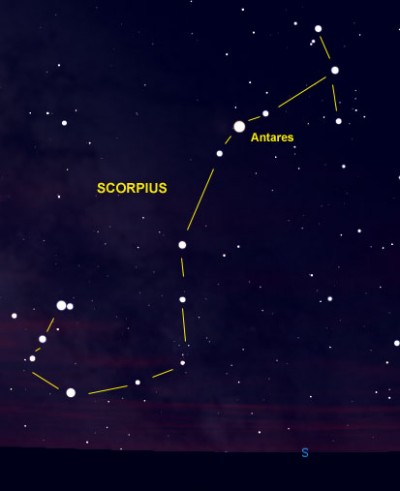What is a Degree? The simple answer is, a degree is 1/360 of a circle.
In the angular coordinate system (dd/mm/ss) used to determine position on a 3D object (Earth), a degree of latitude is determined from the center of the earth to means sea level along the equatorial axis. A distance near about 6378 kilometers. Using radians (6378(3.14/180)), a degree is about 111 km. One minute (1/60) of a degree therefore would be around 1.84 km, and one second (1/3600) of a degree would be near 31 meters...
Whenever we use the angular system of dd/mm/ss we need to add directions at the end. In our neck of the woods (the USA) latitude would be expressed as dd/mm/ss N , and the longitude as dd/mm/ss W.
Here's why. Imagine a rectangular box divided into four equal grids. The center horizontal line representing the equator, and the center vertical line, the prime meridian. Where these two lines intersect we have zero degrees of latitude, and zero degrees of longitude. The two upper grids are in the Northern hemisphere, and the two lower grids, the Southern. The prime merdian divides the globe into West and East extending from the middle out 180 degrees to the IDL (http://en.wikipedia.org/wiki/International_Date_Line)
The point to remember is that latitude is always given first, longitude last. Thus for our upper left hand grid, the latitude is North, and longitude is West. For the upper right hand grid, lat is N, and lon is E. The lower left, lat is S and the lon is W. For the remaining grid, lat is S and the lon is E.
The reason this is important, is that when working with any topographic map, it denotes where to look for the key lat/lon that positions the 2D map to the 3D world. For maps in our NW sector, the key lat/lon is always found at the bottom right hand corner.
In the angular coordinate system (dd/mm/ss) used to determine position on a 3D object (Earth), a degree of latitude is determined from the center of the earth to means sea level along the equatorial axis. A distance near about 6378 kilometers. Using radians (6378(3.14/180)), a degree is about 111 km. One minute (1/60) of a degree therefore would be around 1.84 km, and one second (1/3600) of a degree would be near 31 meters...
Whenever we use the angular system of dd/mm/ss we need to add directions at the end. In our neck of the woods (the USA) latitude would be expressed as dd/mm/ss N , and the longitude as dd/mm/ss W.
Here's why. Imagine a rectangular box divided into four equal grids. The center horizontal line representing the equator, and the center vertical line, the prime meridian. Where these two lines intersect we have zero degrees of latitude, and zero degrees of longitude. The two upper grids are in the Northern hemisphere, and the two lower grids, the Southern. The prime merdian divides the globe into West and East extending from the middle out 180 degrees to the IDL (http://en.wikipedia.org/wiki/International_Date_Line)
The point to remember is that latitude is always given first, longitude last. Thus for our upper left hand grid, the latitude is North, and longitude is West. For the upper right hand grid, lat is N, and lon is E. The lower left, lat is S and the lon is W. For the remaining grid, lat is S and the lon is E.
The reason this is important, is that when working with any topographic map, it denotes where to look for the key lat/lon that positions the 2D map to the 3D world. For maps in our NW sector, the key lat/lon is always found at the bottom right hand corner.









